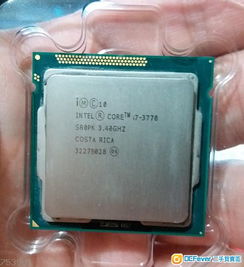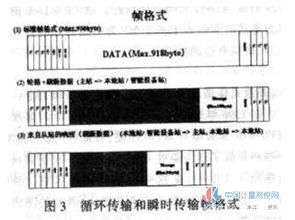Processor Link: A Comprehensive Overview
Processor Link, also known as the Processor Interconnect, is a critical component in modern computing systems. It facilitates the communication between various processors and peripherals, ensuring efficient data transfer and system performance. In this article, we will delve into the intricacies of Processor Link, exploring its architecture, types, benefits, and future trends.
Understanding Processor Link

Processor Link is a high-speed communication interface that connects processors, memory, and peripherals within a computer system. It enables the exchange of data and instructions between these components, ensuring seamless operation. The primary purpose of Processor Link is to provide a reliable and efficient means of communication, minimizing latency and maximizing throughput.
Architecture of Processor Link

The architecture of Processor Link varies depending on the specific technology and application. However, most Processor Link architectures share common components, such as the following:
-
Transceivers: These devices convert electrical signals into optical signals and vice versa, allowing for high-speed data transmission over long distances.
-
Switches: Switches facilitate the routing of data packets between different components within the system.
-
Controllers: Controllers manage the flow of data and ensure that it reaches its intended destination.
-
Interface Cards: Interface cards provide the physical connection between the Processor Link and other components, such as processors and memory modules.
Types of Processor Link

Processor Link comes in various types, each designed to cater to specific requirements. The most common types include:
-
PCI Express (PCIe): PCIe is a high-speed serial bus interface that connects processors, graphics cards, and other peripherals. It offers significant performance improvements over previous interfaces, such as PCI and AGP.
-
Serial ATA (SATA): SATA is a point-to-point interface that connects storage devices, such as hard drives and solid-state drives, to the motherboard. It provides faster data transfer rates and improved reliability.
-
USB (Universal Serial Bus): USB is a widely used interface for connecting peripherals, such as keyboards, mice, and external storage devices. It supports various versions, with each offering improved data transfer rates and additional features.
-
Thunderbolt: Thunderbolt is a high-speed interface that combines PCIe and DisplayPort, allowing for the connection of external devices, such as monitors and storage devices. It offers exceptional performance and flexibility.
Benefits of Processor Link
Processor Link offers several benefits, making it an essential component in modern computing systems:
-
Improved Performance: By providing high-speed data transfer rates and low latency, Processor Link enhances system performance, enabling faster processing and better overall responsiveness.
-
Scalability: Processor Link supports various types of connections, allowing for easy expansion and upgrades of the system.
-
Reliability: Processor Link incorporates advanced error correction and redundancy techniques, ensuring reliable data transmission and minimizing the risk of data loss.
-
Energy Efficiency: Processor Link technologies are designed to minimize power consumption, contributing to energy-efficient computing systems.
Future Trends in Processor Link
The field of Processor Link is continuously evolving, with several emerging trends shaping its future:
-
Higher Data Transfer Rates: As computing systems become more powerful, the demand for higher data transfer rates continues to grow. Future Processor Link technologies are expected to offer even faster speeds, enabling more efficient data exchange.
-
Improved Energy Efficiency: With the increasing focus on sustainability, future Processor Link technologies will likely incorporate more energy-efficient designs, reducing power consumption and heat generation.
-
Integration of Advanced Technologies: Processor Link is expected to integrate advanced technologies, such as quantum computing and artificial intelligence, to enable more sophisticated and powerful computing systems.
In conclusion, Processor Link plays a crucial role in modern computing systems, facilitating efficient communication between various components. As technology continues to advance, Processor Link will undoubtedly evolve, offering even better performance, scalability, and energy efficiency.


















